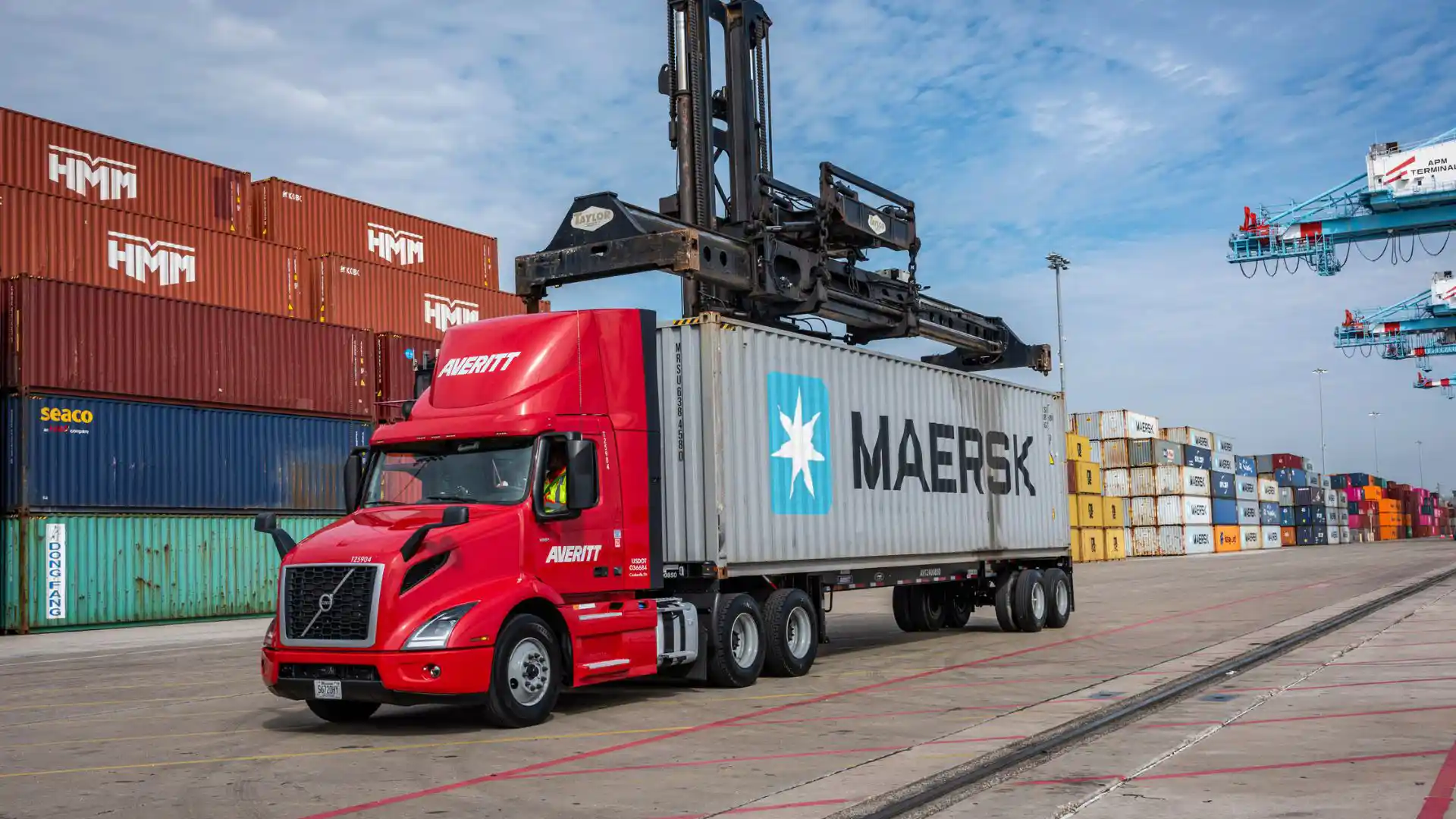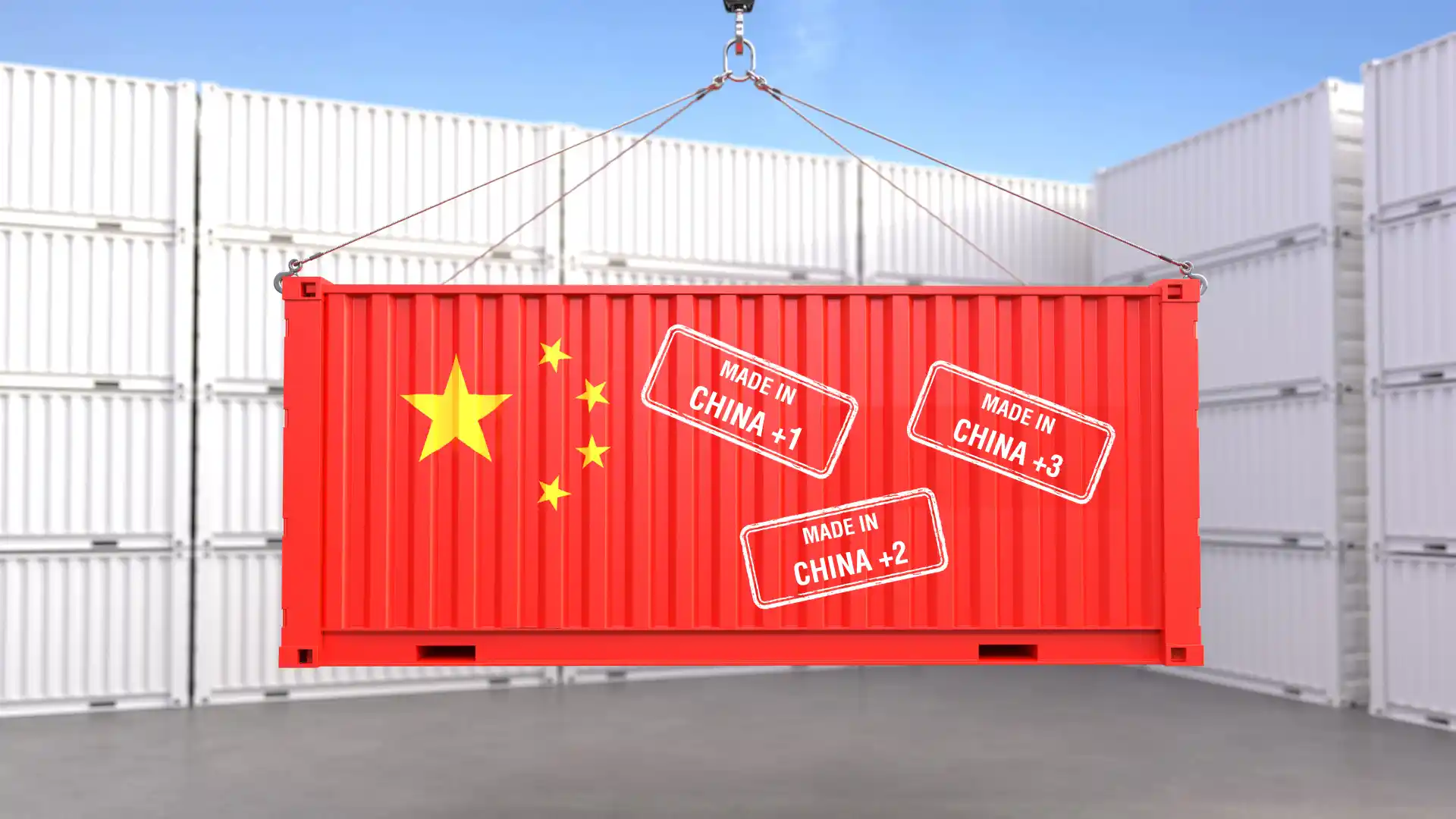Choosing the right warehousing solution is crucial for staying competitive in today’s dynamic supply chain landscape. Whether you're a fast-growing startup or a well-established enterprise, selecting between shared warehousing and dedicated warehousing can significantly impact your operations, budget, and long-term agility.
Both models offer unique advantages. This article will help you evaluate which warehousing approach aligns best with your current needs and future goals.
What Is Shared Warehousing?
Shared warehousing (also known as multi-client warehousing) allows multiple businesses to share a single facility. Costs for staffing, maintenance, and infrastructure are distributed across all users, making it a practical, cost-effective solution—especially for companies with seasonal inventory or variable demand.
Example: A regional e-commerce company expecting a Q4 sales spike can expand its footprint in a shared facility during peak season and scale back afterward.
Benefits of Shared Warehousing
- Flexibility : Scale space usage up or down without long-term contracts.
- Lower upfront investment : Minimize capital expenses.
- Advanced technology access : Leverage warehouse management systems (WMS), inventory tracking, and more—offered free-of-charge for Averitt customers.
- Speed to market : Ideal for testing new geographies or product lines.
While shared space doesn’t offer the same level of exclusivity as a dedicated facility, Averitt’s shared warehousing solutions are designed for flexibility, speed, and efficiency—without compromising on service quality or operational support.
Explore more about our warehousing solutions.
What Is Dedicated Warehousing?
In contrast, dedicated warehousing provides businesses with exclusive access to an entire warehouse. This model offers maximum control over layout, staffing, processes, and security.
Example: A pharmaceutical company with strict regulatory compliance needs may benefit from a dedicated warehouse with temperature control and advanced security protocols.
Benefits of Dedicated Warehousing
- Full control over space, workflows, and compliance standards.
- Customization : Tailor everything from racking to IT systems.
- Long-term cost efficiency : High-volume shippers may reduce per-unit costs over time.
- Brand consistency : Align processes with company standards.
Learn more about Averitt’s dedicated warehousing services for long-term warehousing solutions.

How to Choose the Right Solution
The best option depends on your product type, growth trajectory, and operational predictability. Staying informed about supply chain and logistics technology trends can also help businesses make smarter long-term warehousing decisions.
Business Size & Forecasted Growth
Shared space fits small-to-midsize businesses or startups with variable demand. Dedicated space suits companies with steady, predictable growth and volume.
Product Type & Storage Requirements
Products needing special handling, security, or temperature control are better suited for dedicated space. Non-sensitive inventory can thrive in shared environments.
Shipment Consistency
If you're shipping high, consistent volumes , a dedicated model might streamline your logistics. Shared space supports seasonal or promotional surges in inventory without long-term obligations.
Budget & Long-Term Strategy
- Short-term cost savings: Shared space reduces initial overhead.
- Long-term ROI: Dedicated warehousing can cut costs if fully utilized over time.
Read more about regional and centralized distribution.
Real-World Examples
- Shared space : A beauty products brand preparing for a holiday launch increases its footprint during the season, then downsizes post-launch—minimizing overhead without sacrificing service.
- Dedicated space : A tech hardware company ships valuable inventory on tight timelines. Owning the space ensures control, compliance, and risk mitigation.
Ask Yourself:
- What does my current and future supply chain require?
- Will I need more or less space in the coming year?
- How critical is operational control?
- Does my budget prioritize flexibility or long-term ROI?
Not Sure Where to Start?
Choosing between shared and dedicated warehousing isn’t just about square footage—it's about aligning your logistics with your business goals. Both models serve important roles, and the right choice depends on where you are and where you’re headed.
If you’re unsure which path is best, contact Averitt today. Our team will help you identify the warehousing strategy that supports your supply chain success—now and into the future.
Why Averitt for Distribution and Fulfillment?
At Averitt, we know that flexibility, visibility, and reliability are essential when choosing a warehousing partner. That’s why our Distribution and Fulfillment Services are designed to adapt to your business—not the other way around.
Whether you need shared space, dedicated warehousing, or a mix of both, Averitt offers:
- No long-term contracts—engage only when you need us
- The ability to flex up or down based on your inventory or seasonal demand
- A nationwide network of distribution centers for strategic market access
- Seamless integration of warehousing, transportation, and final mile delivery
- 24/7 U.S.-based customer support, with One Partner, Endless Possibilities
- End-to-end visibility through advanced inventory and order management systems
We also provide PortSide® Services at major U.S. ports, including asset-based drayage services and transloading services—giving you faster, more controlled movement of your freight from ship to warehouse to customer.
📽️ Watch the video below to see how Averitt helps simplify and strengthen every link in your supply chain.
whether your business specializes in e-commerce shipping or automotive parts distribution your industry is our industry and with Averitt distribution and fulfillment solutions we can help you position your business for better speed to market all while enabling you to reduce your overall costs from point A to point B through our network of fully staffed and secure locations across the southern and central United States we can handle any need big or small from shared distribution space to dedicated facilities from pick and pack shipments to LTL and full load distribution we put your needs first with customization and control you won't find anywhere else so that you can reach your customers anywhere in North America or around the globe by land rail air or sea straight to their receiving dock or room of choice all with complete inventory and shipment visibility through our warehouse and transportation management technologies giving you a clear view of your business from home or in the office all with the simplicity of one contact one invoice zero worries that's the power of one
Contact Our Team Today For More Information
Fill out the form below and a member of our team will be in touch to discuss your needs. You can also reach us directly at 1-877-339-3530 or by email at distribution@averitt.com.
Let’s simplify your supply chain—together.










